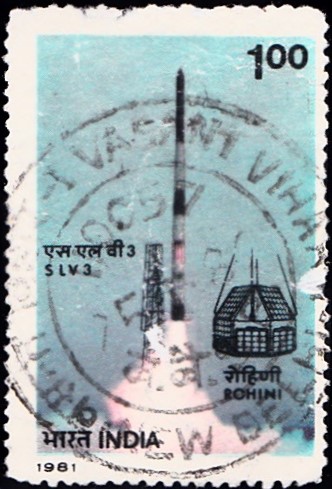
SLV-3
A commemorative postage stamp on the Launch of ‘SLV 3‘ Rocket with ‘Rohini‘ Satellite :
 Issued by India
Issued by India
Issued on Jul 18, 1981
Issued for : Indian P & T Department is privileged to commemorate the Indian space research achievements and the successful launch of SLV-3 by issuing a special stamp.
Description of Design : Stamp design is based on a photograph (Courtesy : Vikram Sarabhai Space Centre) of SLV-3 lifting off launch pad along with artist’s impression of Rohini satellite. First Day Cover shows SLV-3 being transported to the launcher (Photo : Courtesy of Vikram Sarabhai Space Centre). First day cancellation was designed by Charanjit Lal.
Type : Stamp, Postal Used
Colour : Multicolour
Denomination : 100 Paise
Overall size : 4.06 x 2.75 cms.
Printing size : 3.70 x 2.40 cms.
Perforation : 14½ x 14
Paper : Unwatermarked adhesive stamp paper
Number printed : 20,00,000
Number per issue sheet : 40
Printing process : Photogravure
Printed at : India Security Press
About :
- SLV-3, India‘s first Satellite Launch Vehicle, successfully took off from Sriharikota Range (SHAR) in Andhra Pradesh on 18 July, 1980 and lofted 35 kg ROHINI Satellite in near earth orbit. India thus became the seventh member of the exclusive club of nations having their own satellite launch capability.
- The main development work of SLV-3 was carried out at the Vikram Sarabhai Space Centre. SHAR Centre of Indian Space Research Organisation (ISRO) was responsible for the launch complex, tracking and telemetry systems, apart from the rocket motors’ propellant processing and their static testing. ISRO Satellite Centre made the Rohini Satellite and the Satellite Application Centre developed the tracking system receiver, telemetry antenna and telecommand Transponder. Major national industries and the Indian institutions contributed to designing, analysis, testing and fabrication of vehicle hardware and heavy structures.
- SLV-3 has a length of 22.6 metres and take-off weight of 17 tonnes, and uses four solid propellant stage motors. The first stage is controlled by secondary injection thrust vector and fintip control in sharing mode, the second stage by bi-propellant reaction control system and the third stage by mono-propellant system. The fourth stage along with satellite interface and satellite is spin-stabilised. This fourth stage assembly is protected from aerodynamic heating while in flight by semi-monocoque honeycomb heat-shield. The vehicle also has a destruct system, which can be operated from ground to terminate the flight in case of vehicle malfunction. The equipment bay has 172 subsystems and a complex sub-assembly. The guidance subsystems help steer and maintain the vehicle along a predetermined path. The vehicle telemetry monitors subsystems’ performance, the telecommand provides contingent action in case of malfunctioning; and the tracking systems are for locating the vehicle in its trajectory.
- The launch vehicle and the Satellite is assembled with the launcher and shot into space from the launch complex. The automatic checkout system continuously monitors the vehicle parameters till the launch. Mission control and range safety are performed from the control centre. The ground telemetry, tracking and command stations acquire data from the vehicle and monitor its performance in flight until the satellite is in orbit. The network of ISRO’s ground stations track the orbiting satellite.
- (Text by courtesy of Department of Space, Government of India).


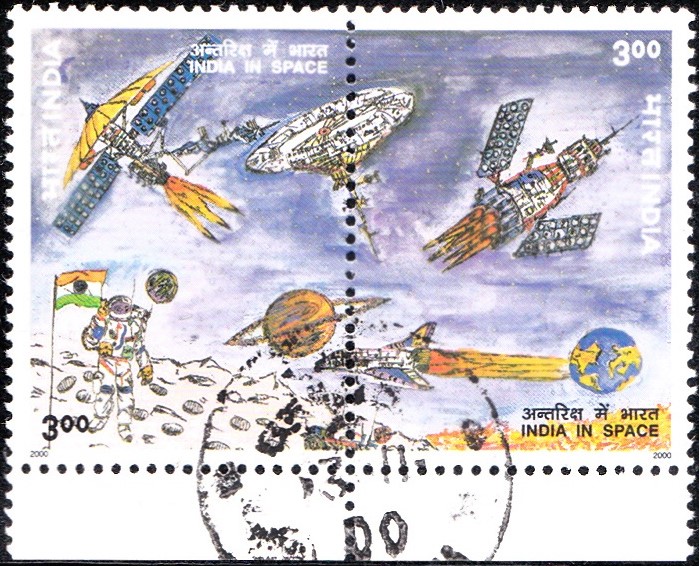
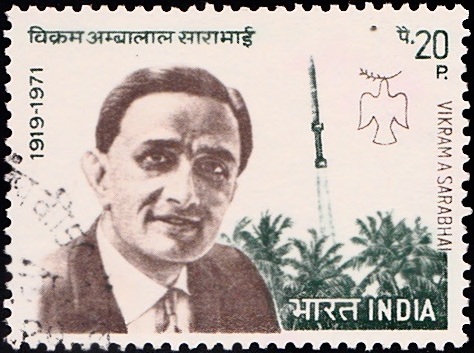
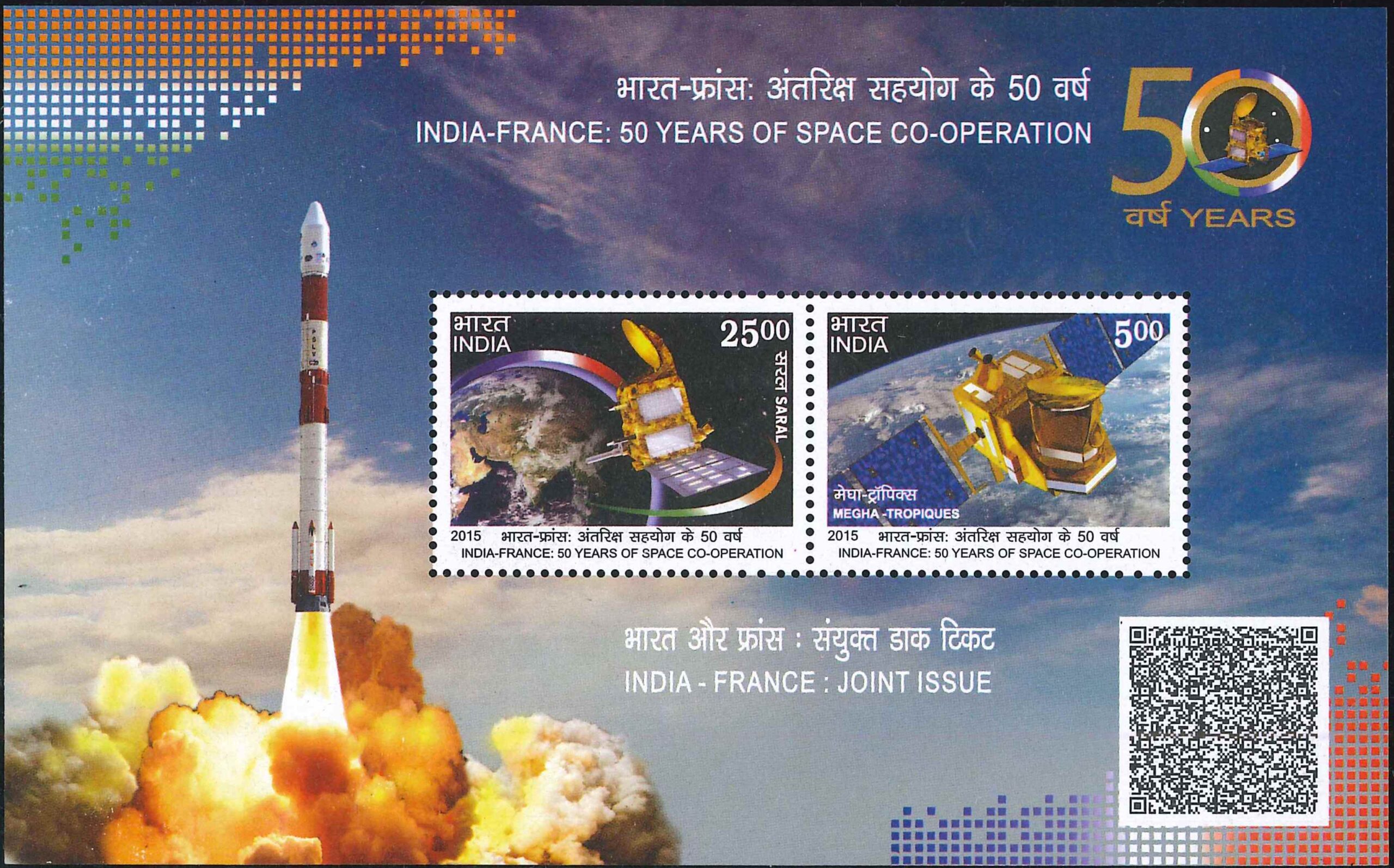
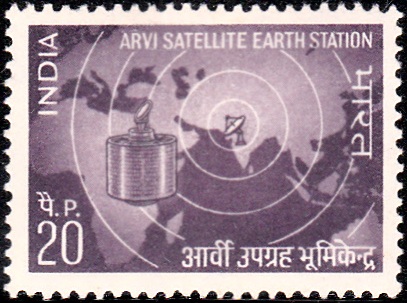
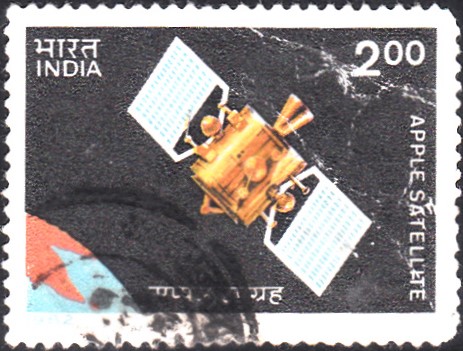
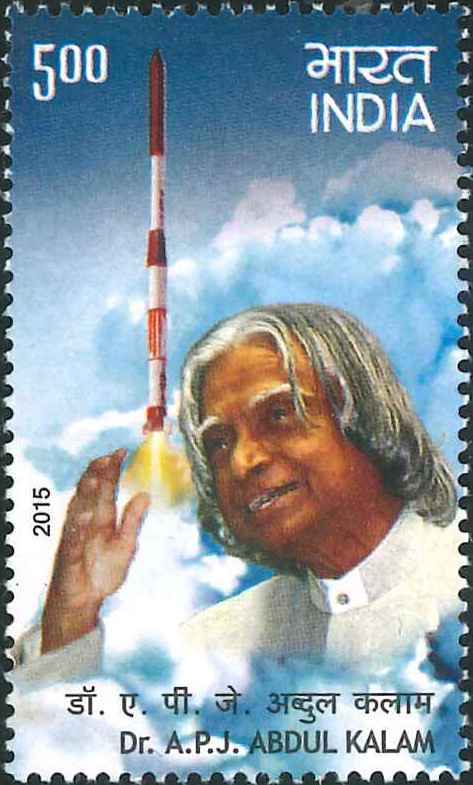
[…] as Project Director during development of India‘s first indigenous Satellite Launch Vehicle (SLV-III) which successfully injected the Rohini satellite in the near earth orbit in July, 1980 and made […]